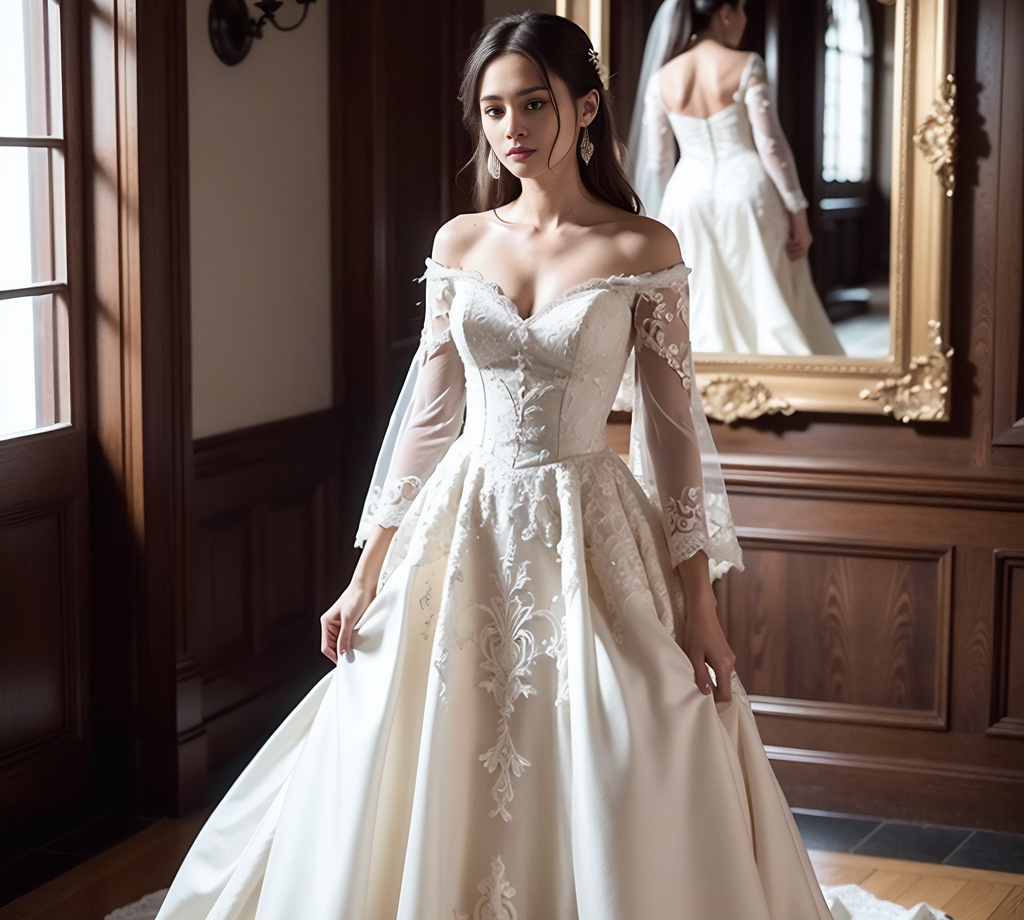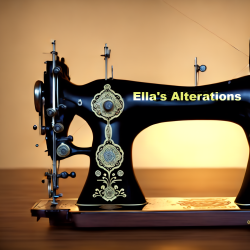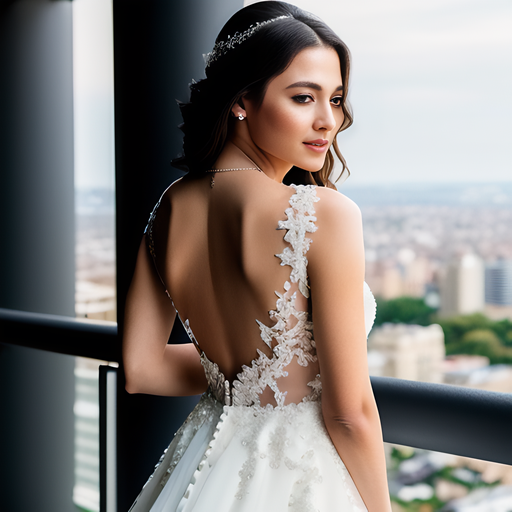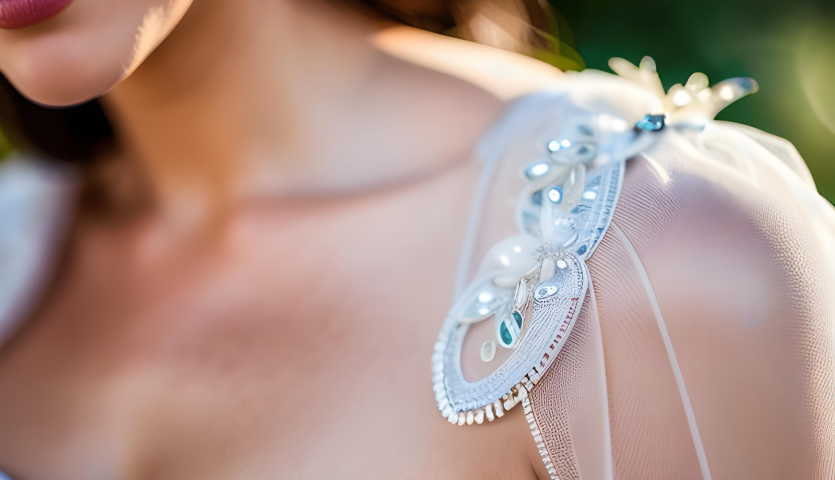In this blog, we have explored the world of tulle and its significance in wedding dresses. The introduction provided an overview of the topic, highlighting the mystique and allure of tulle in bridal fashion. The section on understanding tulle delved into its composition, construction, and characteristics, giving readers a comprehensive understanding of this delicate fabric.
The heart of the essay focused on the different types of tulle commonly used in wedding dresses, discussing their unique properties, textures, and appearances. From classic tulle to illusion tulle and silk tulle, each type offered its own distinct charm and possibilities. We also examined the applications of different tulle types, including their use in overlays, veils, and embellishments, to showcase the versatility and creative potential of this fabric.
The section on choosing the right tulle guided readers through the decision-making process, considering factors such as dress style, comfort, and personal preferences. It emphasized the importance of seeking professional advice and trying on different tulle options to find the perfect match for the desired bridal look.
Tulle care and maintenance were discussed in detail, providing practical tips on handling, spot cleaning, professional dry cleaning, steaming, ironing, and addressing rips or tears. By following these guidelines, brides can ensure their tulle wedding dress remains in optimal condition for years to come.
Finally, the conclusion summarized the key points covered in the essay, emphasizing the importance of demystifying tulle and making informed choices. It highlighted the enchantment and elegance that tulle adds to wedding dresses, while underscoring the significance of proper care, preservation, and the role of tulle as a cherished memento of one’s special day.
Overall, this essay aimed to provide readers with a comprehensive guide to understanding the different types of tulle used in wedding dresses, enabling them to make informed decisions and create their dream bridal ensemble.



